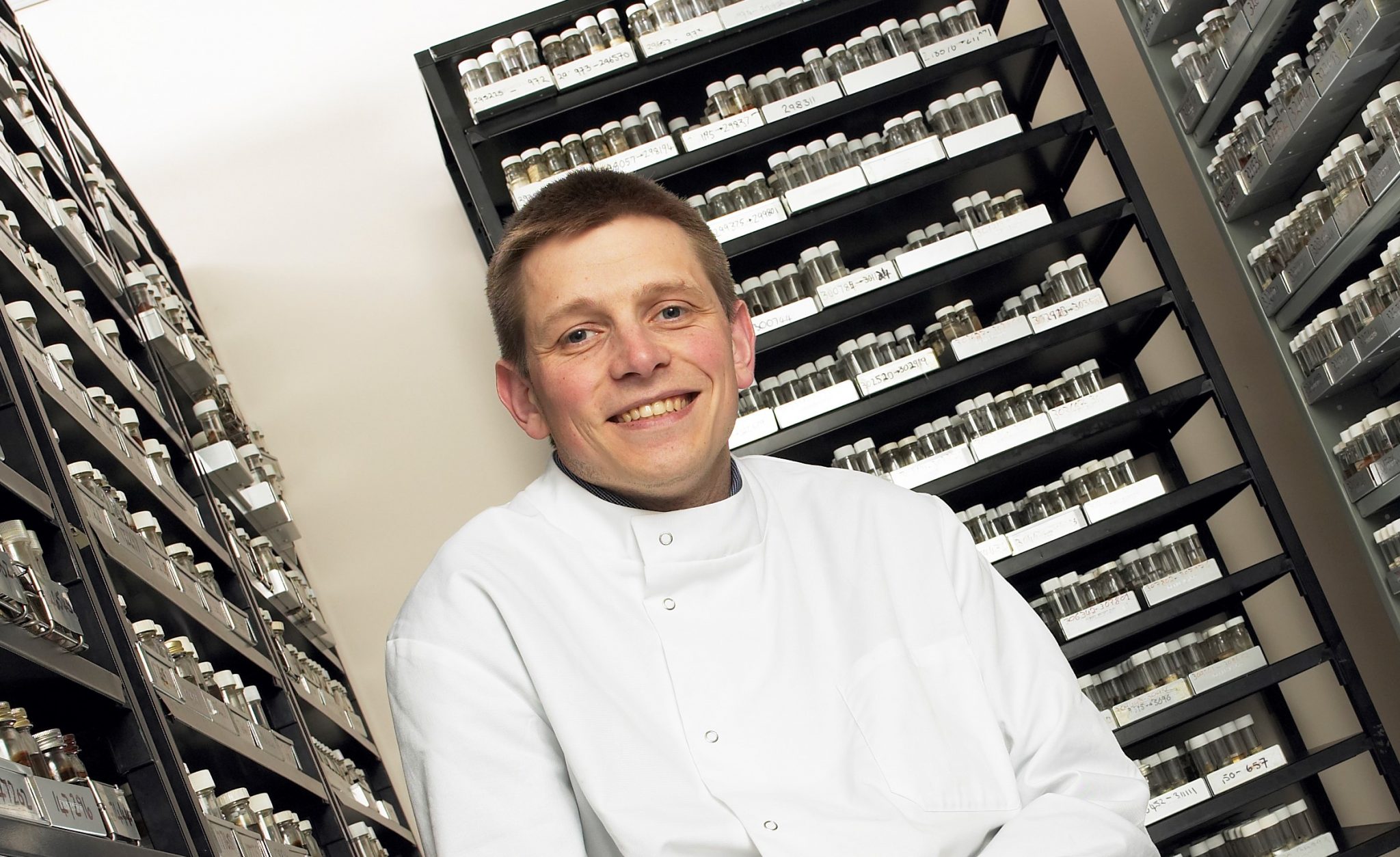Dr Matthew Ryan, Curator, Genetic Resource Collection at CABI, welcomed news that the Leverhulme Centre for the Holobiont will draw upon CABI’s expertise in the microbiome, biocontrol and collections to help facilitate research to map the associations between microbes and higher organisms, creating a holobiont ‘tree of life.’ This will track which microbes live with which hosts and highlight patterns across nature.
‘Holobiont’ is a term given to a larger organism, such as a human, animal or plant, and its associated community of microbes. Many of these microbial communities, often called ‘microbiomes’, are relied upon by the host organism, for example the ‘good bacteria’ that live in our guts and keep us healthy.
The 10-year project, led by Professor Tom Bell of Imperial College London, will include scientists from several organisations including the Wellcome Sanger Institute, EMBL’s European Bioinformatics Institute (EMBL-EBI), Natural History Museum, and Royal Botanic Gardens Kew.
CABI will draw on decades of research into invasive species and their associated microbiota and its CABI Culture Collection of 30,000 living strains from 142 countries, of which 90% are unique.
CABI is already part of the BBSRC-funded UK Crop Microbiome Cryobank to safeguard future research and facilitate the sustainable yield improvement of the UK’s six major food crops including barley, oats, oil seed rape, potato, sugar beet and wheat. It is hoped that this BBSRC project, which involves Rothamsted Research, Scotland’s Rural College (SRUC) and the John Innes Centre, will also feed into the holobiont research.
Dr Ryan said, “The work that we will conduct in partnership as part of the new Leverhulme Centre for the Holobiont is vital in understanding the many microbial communities within the human, animal and plant world.
“This is particular poignant in respect of agriculture and the need for greater food security where creating new sustainable ways of growing crops – without an overreliance on fertilizers and pesticides – is increasing the imperative amid the challenges of climate change.”
Plants combine with microbes to form unique holobionts, largely through cooperative microbes (fungal mycorrhiza and symbiotic bacteria) in their roots that take in nutrients from the surrounding soil and pass them to the plant. Mapping these could help to manipulate them, enabling crops to increase nutrient uptake to reduce fertilizer use, or to better arm them against pathogens and pests reducing the need for pesticides.
Dr Marion Seier, Senior Plant Pathologist; Team Leader – Invasive Species, UK, at CABI, said, “CABI is delighted to be part of a team of researchers across world-renowned research institutions where expertise can be shared to help better understand holobionts that can not only help us feed the world through sustainable agriculture but also help avoid potentially catastrophic declines in biodiversity driven by invasive species.”
To read more about the work of Dr Ryan in association with CHAP, go to National Reference Collection or read his interview.
For more information on CHAP’s network of Partners, go to Our Network.
If you have any questions about working with CHAP, please send us an email using the enquiries form at the bottom of our homepage.












